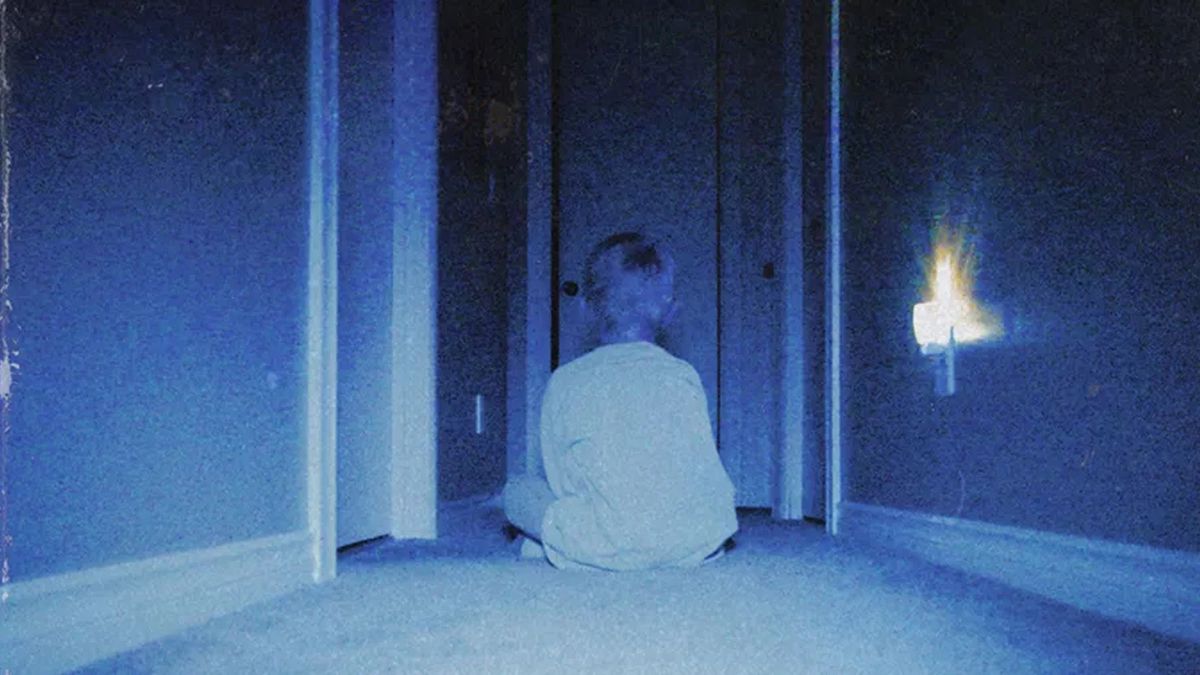By Michael Hong
Staff Writer
After he figuratively floated the idea in his 2012 TED Talk, Dutch inventor Boyan Slat created the Ocean Cleanup firm to address plastic pollution, particularly in the Pacific Ocean.
The 22-year-old Slat was sixteen when he initially came upon the idea after swimming in Greece and seeing all the plastic. He studied at the Delft University of Technology, before dropping out to focus entirely on trying to clean the Great Pacific Garbage Patch while minimizing resources.
This new attention is welcome, as the Washington Post quantified the size of the patch, saying that “over 79 thousand tons of plastic debris, in the form of 1.8 trillion pieces” are floating in the area alone.
The Independent, a British newspaper, elaborated on the designed contraption. The plan is to use a series of connected 40-foot-long air-filled tubes connected to large nylon screens. As such, it will float on the ocean and create a “giant dustpan” to collect trash.
According to Slat, “Most of the plastic is still large, which means that in the next few decades if we don’t get it out, the amount of microplastics can be tenfold or 100-fold. It’s this problem that’s waiting out there to magnify many times unless we can take it out.”
With over 60 scoops planning to be deployed all around the patch, Slat plans to have boats go and collect any caught debris every six to eight weeks.
Slat hopes this campaign with a renewed focus on ocean cleanliness will garner more attention in the future as crowdfunding has become one of its primary sources of income. The Verge, a technology-centric newswire, explained that over the last seven years, Slat’s company has received over $20 million from Silicon Valley donors and $2.2 million in crowdfunding to fund the project behind the initial projection of being able to clean up 50% of the patch in just its first five years.
Despite his efforts and plan to reduce plastic waste in the ocean, Slat’s project has also drawn the ire of critics who see his plan as impractical and ineffective.
“Cleaning up in the middle of the Pacific Ocean is, in my view, not a very clever way to address this problem,” Dutch marine biologist Jan van Franeker stated in an interview with the Verge. “It’s such a waste of energy.”
Though it seems pessimistic, Franeker is not necessarily wrong. The Science Magazine estimated that only 3 percent of plastic was on the surface, while the rest were either in the deep ocean, already consumed, or washed ashore. Additionally, the Independent pointed out that these scoops would be unable to trap microplastics, one of the more significant dangers to marine life.
However, it is clear that opposition has not swayed Slat from his purpose.
“The story has always been ‘Ok, we can’t clean it up – the best we can do is not make it worse.’ To me that’s a very uninspiring message,” he said in an interview with the Independent. “What I really hope is that the ocean clean-up in this century can be a symbol for us using technology to make things better.”

